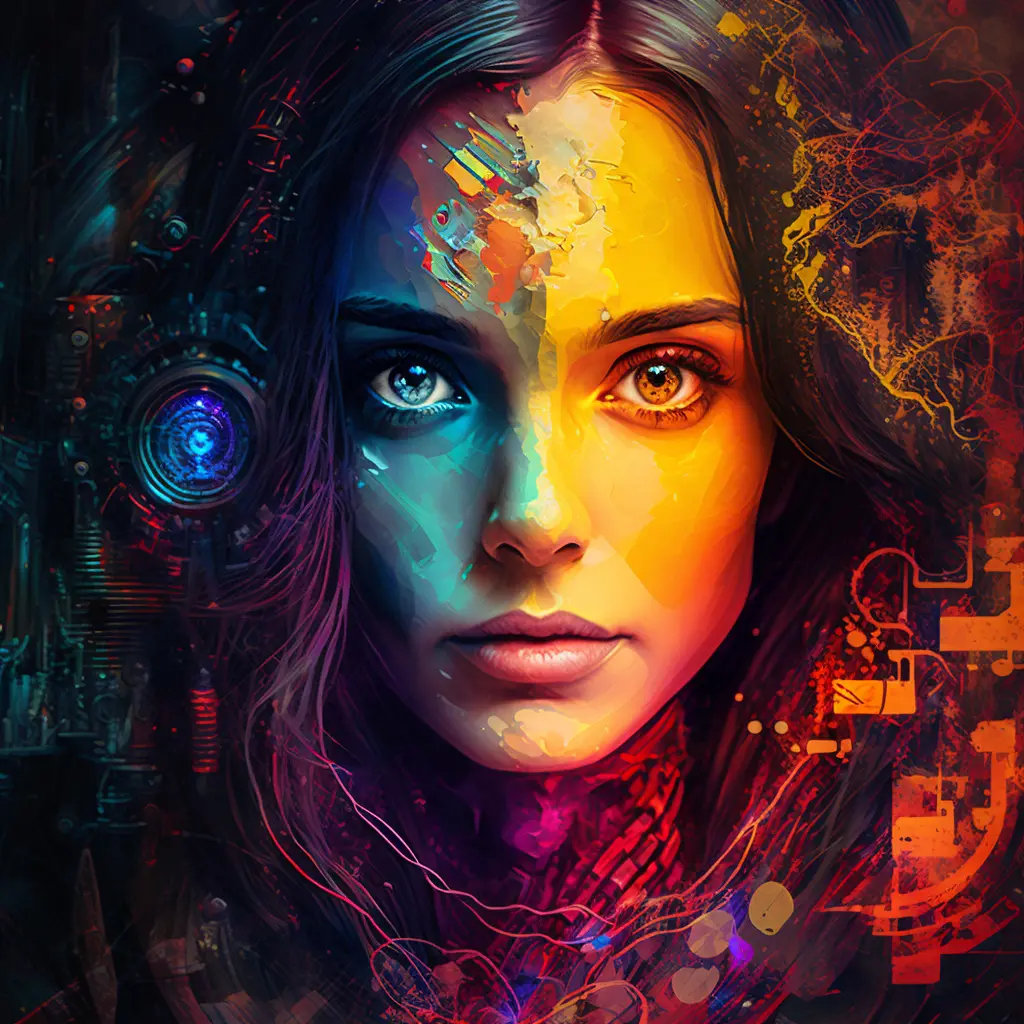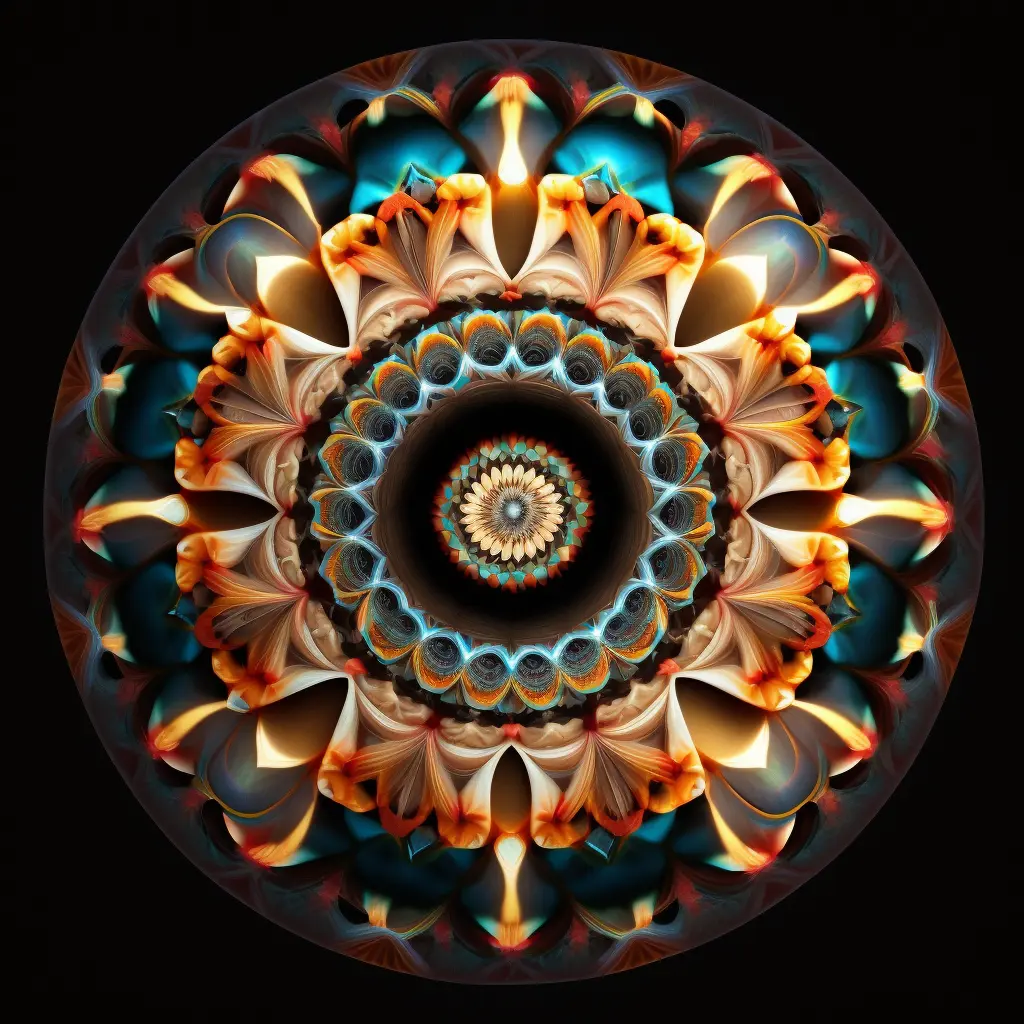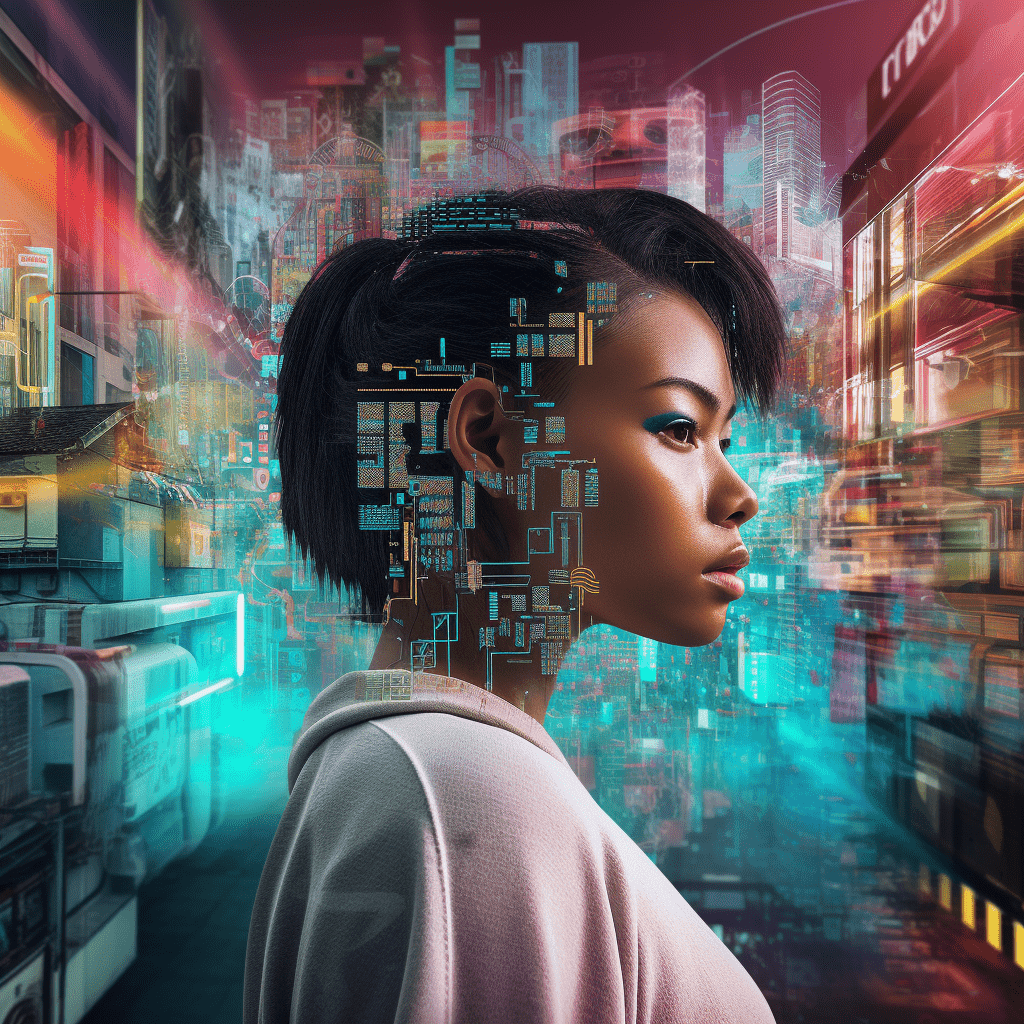The Fusion of Art, Technology, and Critical Thinking to Nurture Essential Skills in Students
Imagine a world where education is as vibrant as a Picasso painting, as engaging as a Spielberg movie, and as innovative as a Tesla vehicle. That is the promise of AI-generated art in education: a fusion of art, technology, and critical thinking that ignites the minds of students and empowers them with essential skills for success in the 21st century. By embracing AI art as a teaching tool, we can revolutionize the way we educate, fostering creativity, collaboration, and problem-solving skills. As the wise Confucius once said, “Education breeds confidence. Confidence breeds hope. Hope breeds peace.” AI art has the potential to be the catalyst for this transformative change.
Promoting Creativity and Innovation:
AI-generated art is like a kaleidoscope – constantly shifting, evolving, and creating new patterns of thought. By integrating AI art into the classroom, we provide students with a unique opportunity to explore their creative potential. Just as a kaleidoscope offers an endless array of dazzling images, AI art encourages students to think outside the box, pushing the boundaries of traditional art and expanding their horizons.
As Maya Angelou eloquently stated, “You can’t use up creativity. The more you use, the more you have.” By tapping into the boundless potential of AI-generated art, students learn to embrace their own creativity and apply it to various aspects of their lives, fostering innovative thinkers who are poised to shape the future.

Developing Computational Thinking and Problem-Solving Skills:
In today’s fast-paced, tech-driven world, having a strong foundation in computational thinking and problem-solving is crucial. AI-generated art serves as a bridge between art and technology, teaching students how to “think like a computer” while maintaining their artistic sensibilities. It’s like being a jazz musician who knows how to play both the saxophone and the computer – a harmonious blend of creativity and technical skills.
As Steve Jobs once said, “Everybody should learn to program a computer because it teaches you how to think.” Through the process of creating AI-generated art, students develop essential skills like algorithmic thinking, pattern recognition, and abstraction. This empowers them to tackle complex problems with confidence and ingenuity.
Cultivating Collaboration and Communication:
AI-generated art provides a unique platform for collaboration and communication among students, much like a modern-day Tower of Babel, where people of different disciplines come together to create something extraordinary. By combining the expertise of students from fields like computer science, engineering, and fine arts, AI art projects can be a melting pot of ideas and perspectives.
Thomas Edison wisely observed that “the most certain way to succeed is to try just one more time.” Encouraging students to work together on AI-generated art projects teaches them the value of perseverance, teamwork, and effective communication – skills that are crucial in today’s interconnected world.

Developing Critical Thinking and Analysis Skills:
The controversial nature of AI-generated art, as it blurs the line between human and machine creativity, challenges students to engage in critical thinking and analysis. It’s like watching a magic trick: You know there’s a secret, a hidden mechanism behind the illusion, but you can’t help but be captivated by the performance.
Albert Einstein once said, “The important thing is not to stop questioning. Curiosity has its own reason for existing.” By critically examining AI-generated art, students learn to question the status quo, analyze complex ideas, and develop their own unique perspectives on art, technology, and society.
Conclusion:
In the words of the renowned artist Frida Kahlo, “I am my own muse. I am the subject I know best, the subject I want to better.” By incorporating AI-generated art into education, we encourage students to become their own muses, igniting a lifelong passion for learning and self-improvement.
AI art is the Trojan Horse of education – an unassuming yet powerful teaching tool that has the potential to revolutionize the way we learn. By bridging the gap between different disciplines, promoting creative thinking, and fostering essential skills like problem-solving and collaboration, AI-generated art empowers students to embrace their potential and thrive in an ever-evolving world.
So let us throw open the doors of our classrooms to the mesmerizing world of AI-generated art. Let us inspire the next generation of artists, innovators, and thinkers who will not only shape our future but also redefine the very concept of education. As the visionary Walt Disney once said, “If you can dream it, you can do it.” By embracing AI art as a catalyst for learning, we can unleash the power of education and make those dreams a reality.
Are you ready to embark on this transformative journey? The kaleidoscope of AI art awaits, with its ever-changing patterns of creativity, innovation, and critical thinking, promising a brighter, more dynamic future for education. The time has come to embrace the boundless potential of AI-generated art, and together, we can create a world where learning is a vibrant, engaging, and innovative experience for all.
Prompt Engineering Notes:
In my collaboration with ChatGPT, I focused on creating an inspiring blog post about the impact of AI-generated art on education and skill development. I supplied a comprehensive prompt, which included:
- The Intersection of Art, technology, and critical thinking in AI-generated Art
- Encouraging creativity, collaboration, and problem-solving in students
- Promoting Creativity and Innovation
- Developing Computational Thinking and Problem-Solving Skills
- Cultivating Collaboration and Communication
- AI art as a bridge between different disciplines
- AI art as a platform for developing critical thinking and analysis skills
- The potential of AI art to revolutionize education
I maintained a positive and engaging writing style throughout and incorporated metaphors, analogies, and real-life examples. I have generated all the images with MidJourney.
